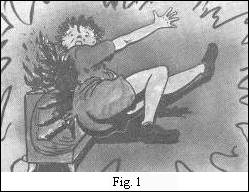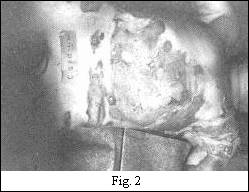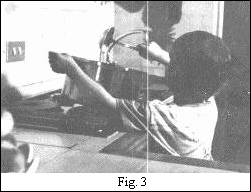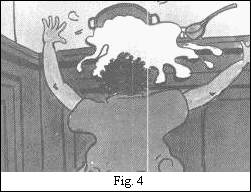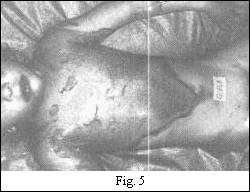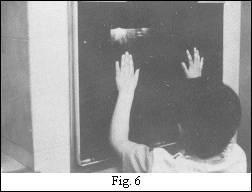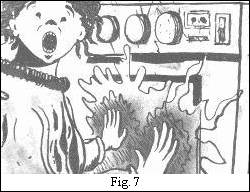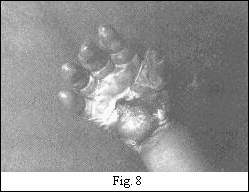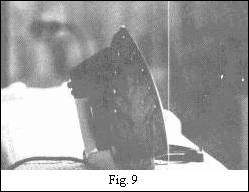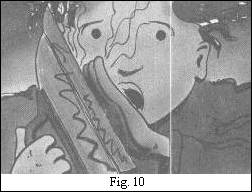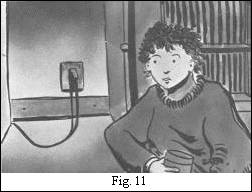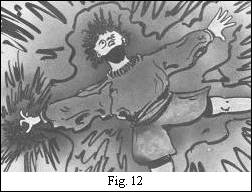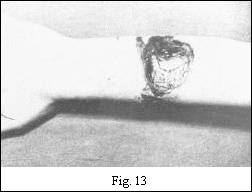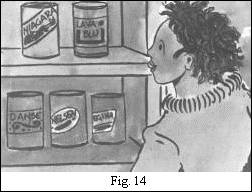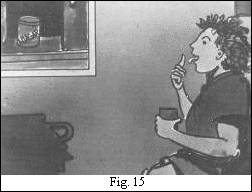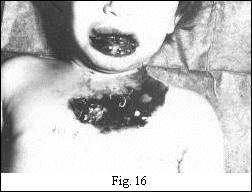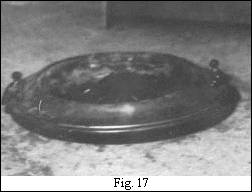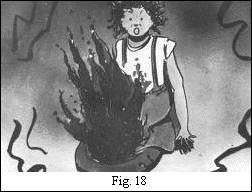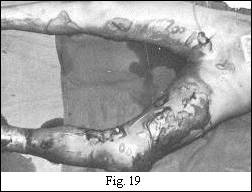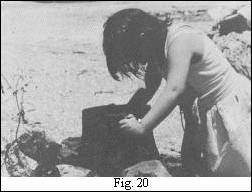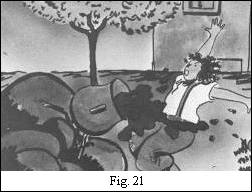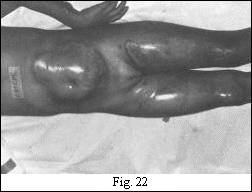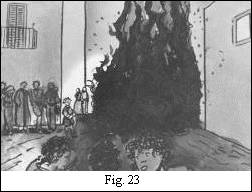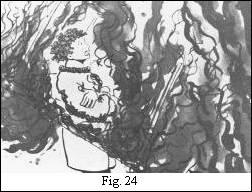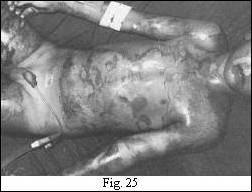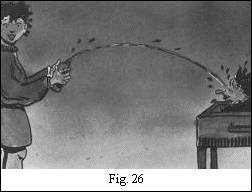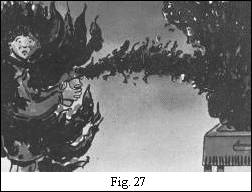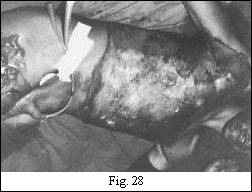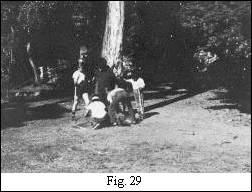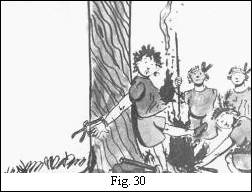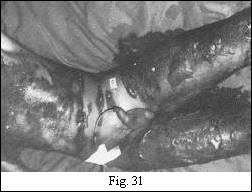Annals of the M.B.C. - vol. 1° - n° 1 - September 1987 THE PREVENTION OF BURNS IN CHILDREN (VIDEOTAPE) Ferrara M.M., Masellis M., Amico M., Caputo G., Sferrazza G. Divisione di Chirurgia Plastica e Terapia delle Ustioni - Ospedale Civico, Palermo SUMMARY. A 15
- minute videotape is presented showing a series of situations - some acted, others
illustrated with coloured drawings - in which children risk burn injury. The episodes have
been reconstructed in order to attract the attention of the spectator and they show either
scenes of family life or children playing together. Every episode ends with a very
realistic reconstruction of the way the accident happens, with shots of the burned
children which in it eir frank realism will certainly leave a marked impression on the
viewer. As part of a
campaign for the prevention of burns in children, we thought it would be useful to produce
an educational and informative videotape intended not only for children of all ages bul.
also for parents, teachers and all those responsible for the health and safety of the
younger generation.
For example, ovens not provided with heat-resistant windows can cause serious in mpacitating burns to children's hands (Fig. 6, 7, 8). Or a redhot iron left unguarded (Fig. 9, 10).
Or an electric plug in a power point can attract a child's attention and stimulate his curiosity (Fig. 11, 12, 13).
Any act of
carelessness by an odult can expose a child to grave danger, for example leaving toxic or
harmful products within a child's reach, products such as Niagara - composed of sodium
hydroxide - widely used in Italy for clearing obstructious in bathroom and kitchen
wastepipes. This product comes in small white lumps which look very similar to various
sweet granular substances such as sodium citrate and it represents a great temptation for
the child, who may put it in his mouth and swallow it, causing serious 3rd degree chemical
burns to the lips, mouth and the upper parts of the digestive system (Fig. 14, 15, 16).
However burn
accidents are not only limited to the home and the city environment. In the hot months of
the year children are very often left to play outside and to explore the very risky world
about them.
Another risk situation to be kept particularly in mind is that in which there is the riA of direct contact with flame, as for example when in ite country stubble is being burnt off, or during popular festivities when unwanted household objects are piled up and burnt. The flames - which have an evident cathartic and propitiatory function - exert wii.h their heat and light a natural fascination on the child that may lead to even fatal results (Fig. 23, 24, 25).
However, apart from keeping children under constant control, adults should also show that they use fire correctly and responsibly - for or course children imitate their elders. A barbecue fire may need reviving and this is sometimes done by spraying the burning charcoal with surgical spirit, an extr,-mely dangerous act - and not only for children (Fig. 26, 27, 28).
But watchfulness alone is not enough - for effective prevention of burn accidents ther,- must be proper education. It is natural for children, at a certain age, to want to play alone or in the ec,mpany of other children, to invent situations and to organize collective games. Through their play, through their relationships with their companions, children learn, experiment and increase their knowledge. 11 is a natural and necessary part of any child's develepment to simulate journeys and adventures, and to transform space and the world around him. Thus children may happily play cowboys and Indians, but they should be made to realize that, like many other things, the execution of an enemy is just make-belief, and that the lighting of a fire can have terrible con~,equences (Fig. 29, 30, 31).
The last part of the
video shows some simple precautions to be adopted in order to prevent burn accidents - as
for example avoiding the use of synthetic materials in clothing fi)r children, especially
when there are heat sources in the home, and avoiding placing pots and pans on the Duter
hot plates of gas or electric cookers. RÉSUMÉ. Un
video-clip de 15' reproduit une série de situations en partie mises en scène, en partie
à l'aide-de dessins, où un enfant peut risquer un accident du à des agents thermiques.
Les épisodes sont construits de façon à attirer immédiatement l'attention du
spectateur à qui on propose soit des moments de la vie de famille soit des phases de jeux
de ces enfants avec leurs compagnons. |
||||||||||||||||||||||||||||||||||||||||||||||||||||||||
